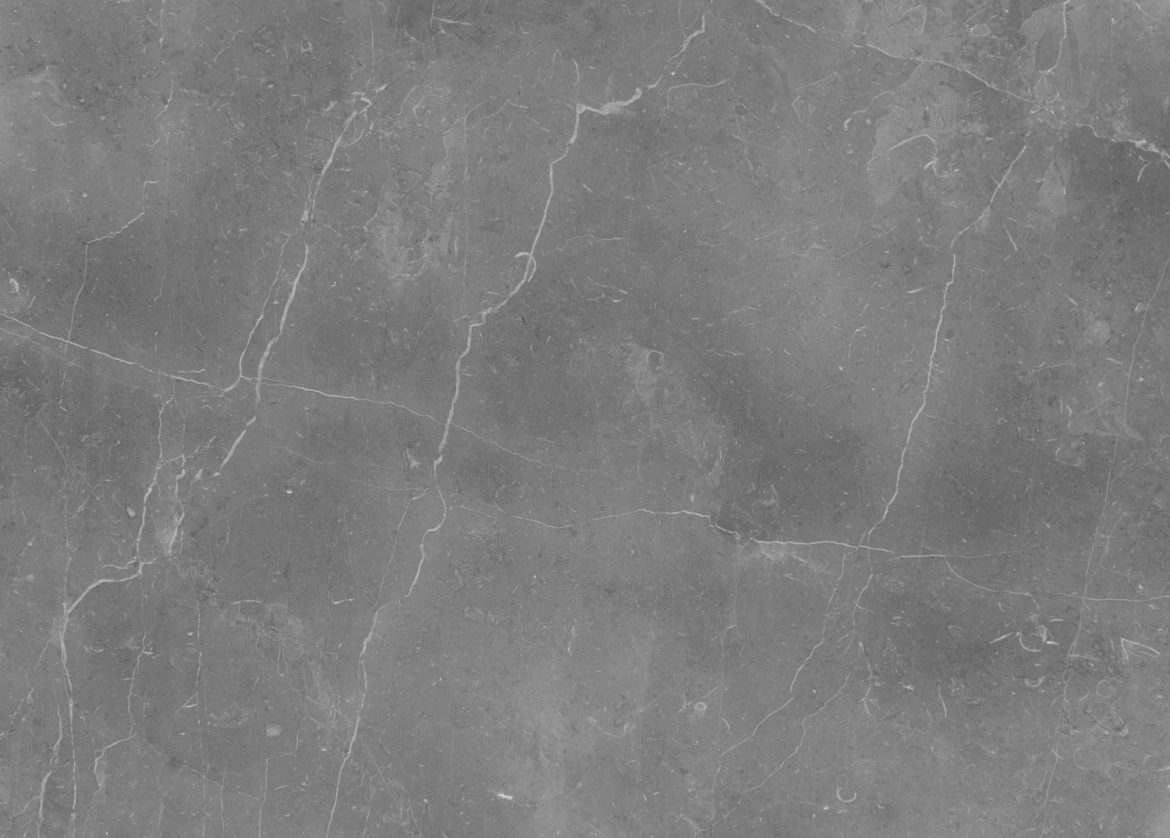Ever wondered about the secret behind the strength of tile and grout armor? It’s time to unravel the mystery. Welcome to our explorative journey into the world of tile and grout armor, where we’ll reveal the secrets behind its unmatched resilience.
1. The Science Behind Tile & Grout Armor: An Overview
Tile and grout armor, like the name suggests, acts as a protective shield for your tiles and grout lines. But what’s the secret behind its unmatched resilience? Well, it boils down to two main factors: its unique chemical composition and the way it’s applied.
The secret ingredient in tile & grout armor is a specially-formulated polymer blend. This blend is designed to resist moisture, heat, and even abrasion — a trifecta of resistance that your everyday tiles and grout lines would struggle to handle.
- Moisture Resistance: Tile and grout armor repels water and other liquids, reducing the risk of mold, mildew, and water damage.
- Heat Resistance: Unlike regular tile materials, tile and grout armor can withstand high temperatures without cracking or warping.
- Abrasion Resistance: Tile and grout armor is tough. It can stand up to the scuffs, scratches, and daily wear and tear that would otherwise damage your tiles.
But the science behind tile & grout armor’s resilience doesn’t stop at its chemical makeup. The way it’s applied also plays a big role. The armor is applied in thin layers that bond closely with the tile and grout surfaces. This allows the armor to create a seamless, protective layer that doesn’t compromise the look or texture of the underlying tiles.
Are you starting to see the big picture? The secret behind tile & grout armor resilience is a clever mix of advanced chemistry and innovative application techniques. But hold on, we’re just getting started. In the next section, we’ll delve deeper into the unmatched resilience of tile & grout armor. Stay tuned!
2. The Unmatched Resilience of Tile & Grout Armor: A Detailed Analysis
Now that we have a general understanding of the science behind tile & grout armor, let’s dig a little deeper. The resilience of this product is not accidental—it’s a well-calculated, scientifically-backed result of careful planning and ingenious design.
The Magic of Polymers
The ‘armor’ we talk about is essentially a polymer blend. Polymers, if you remember your high school chemistry, are large molecules made up of repeating sub-units. In tile & grout armor, these polymers are specifically chosen for their durability and resistance to common forms of damage.
- Polyurethane: This polymer is known for its toughness and flexibility. It can withstand a lot of wear and tear, making it perfect for areas with heavy foot traffic.
- Acrylic Resin: This addition provides excellent water repellency—water beads up and rolls right off, instead of seeping into your grout lines.
Together, these polymers work in harmony, offering maximum protection to your tiles and grout.
The Power of Layering
We’ve talked about the chemistry, but what about the application? It’s all about the layers. Like layers of an onion, each application of tile & grout armor adds another level of protection. But these aren’t just any layers. They’re thin, tightly bonded layers that create a barrier without changing the look or feel of your tiles.
- Thin Layers: The armor is applied in thin, even coats. This ensures a smooth, uniform surface without any bumps or ridges.
- Bonding: The armor forms a close bond with the tile and grout surface. This means it won’t peel or crack away, even with constant use or exposure to harsh conditions.
In short, the resilience of tile & grout armor is no mystery—it’s the result of a clever blend of polymers and a smart application process. So, next time you marvel at your spotless, shining tiles, remember the science that’s keeping them looking their best!
